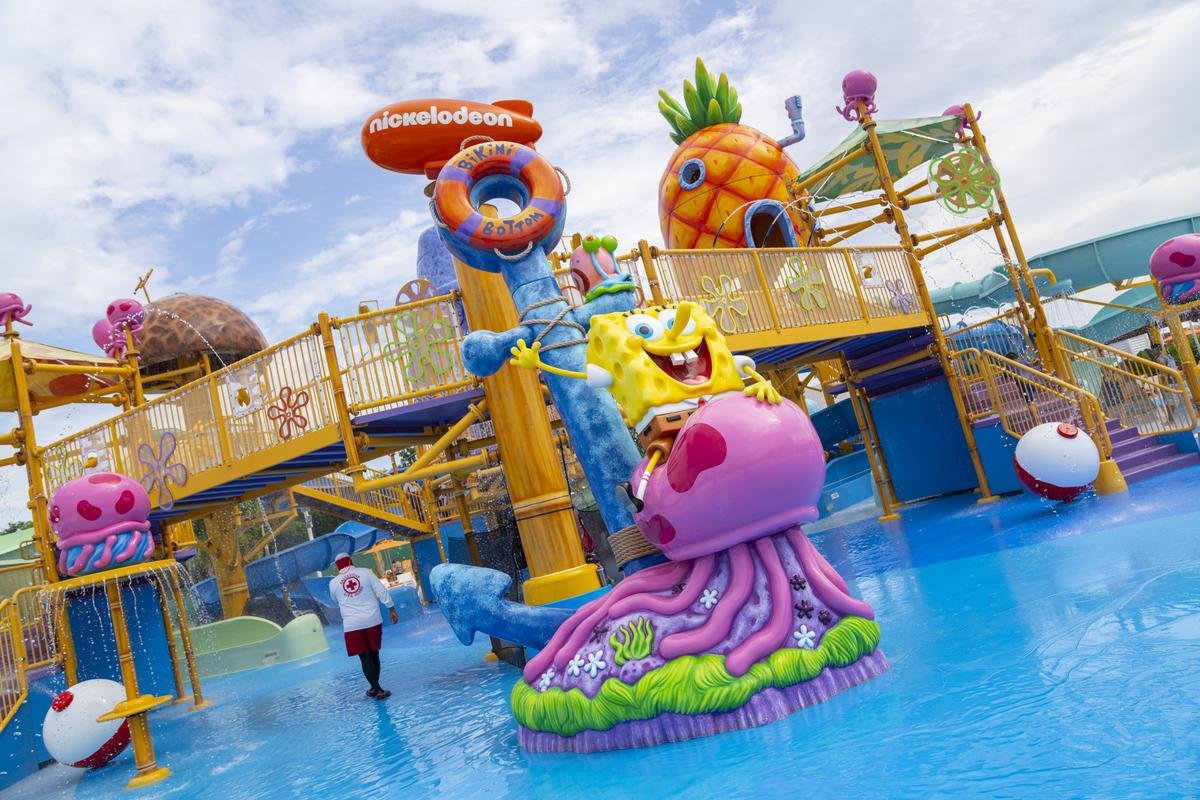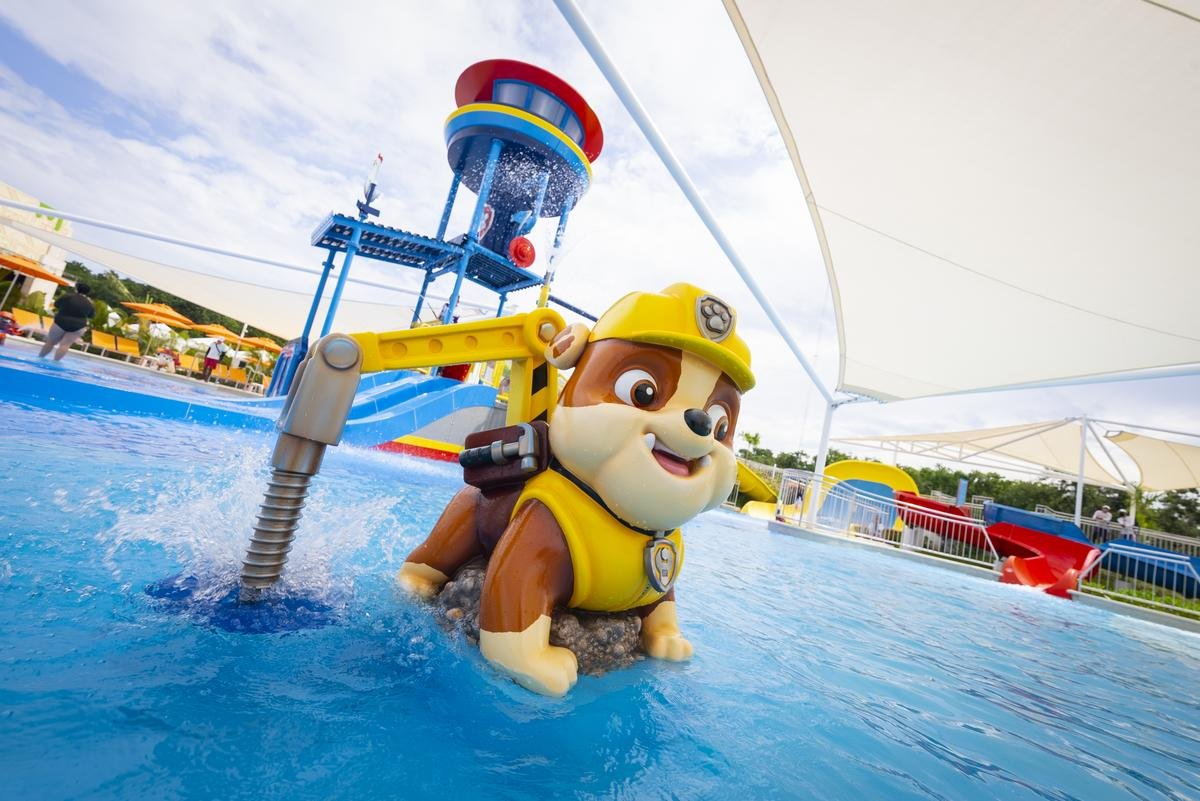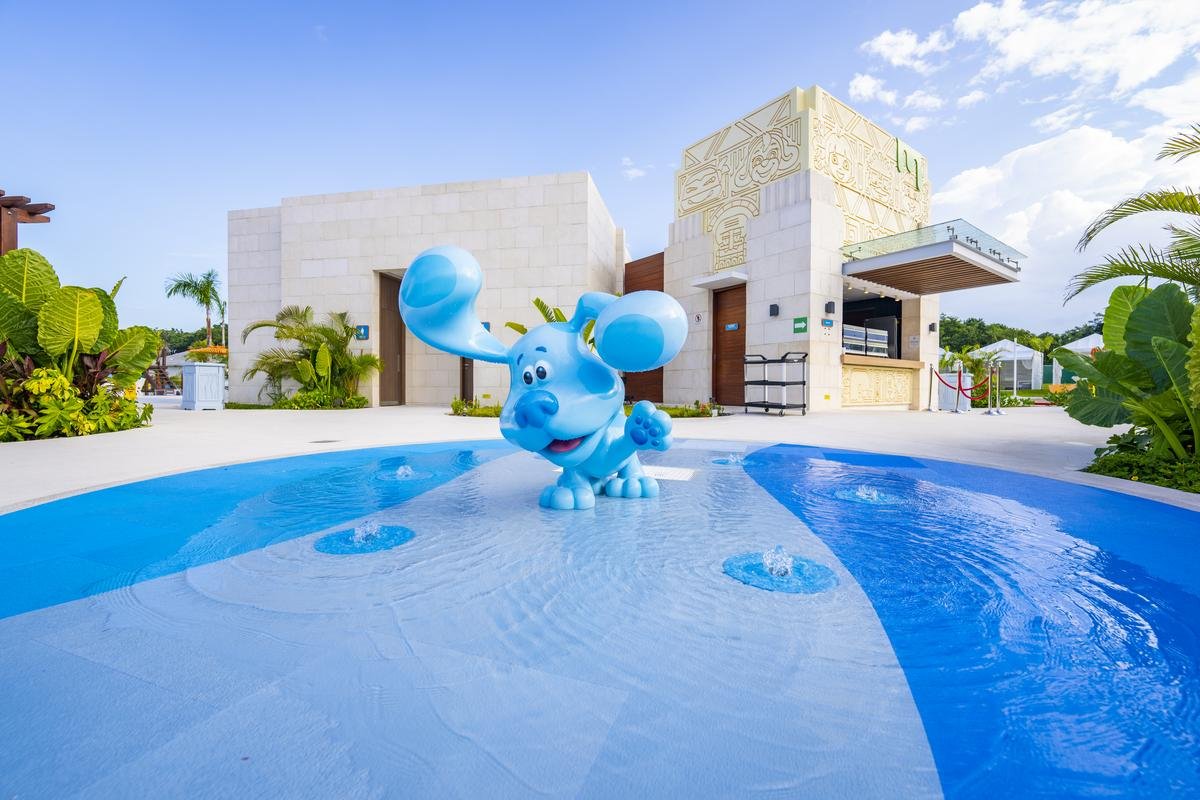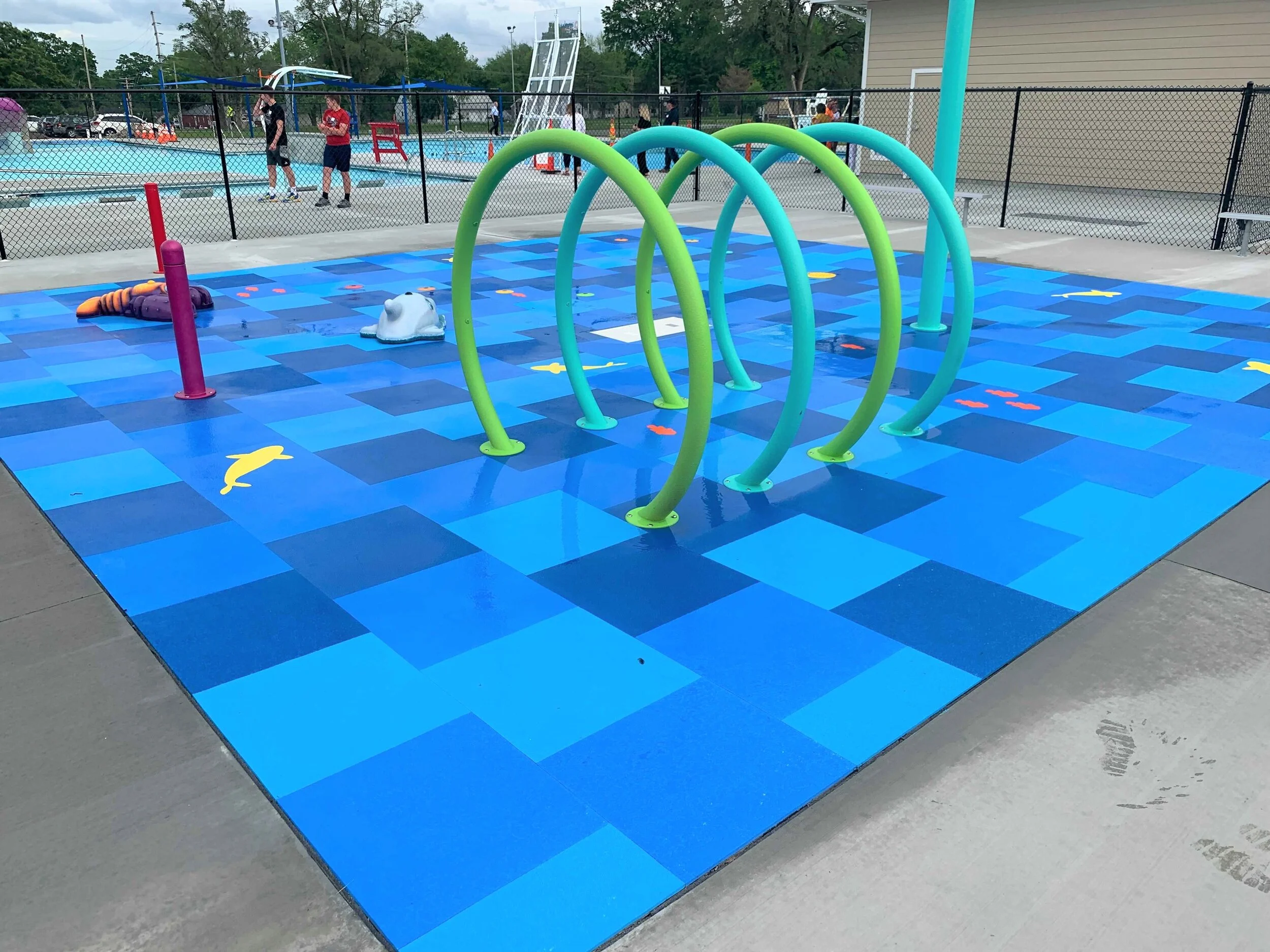Looking Back Through History: Playground Safety Surfacing
On October 17th, 1903 the first permanent municipal-built playground, Seward Park, was opened to a crowd of 20,000 children [x]). The adoption of these public play spaces was rapid. By 1907 there were 90 municipalities with playgrounds. In just three years that number grew to 531.[x]
With this rapid growth of playgrounds, so too did the injury reports, emergency room visits, and critical head injuries. Parents and experts across the country recognized the growing injury trend, and worked to eliminate the largest and most prevalent hazards.
In 1981, the Consumer Product Safety Commission published the Handbook for Public Playground Safety and parks were retrofitted to eliminate hard surfaces and high falls.
Splash Pads = Playgrounds + Water
Splash pads, like playgrounds, also have had a monumental and rapid adoption across the world. Splash pads were developed in response to providing kids with a play area to cool off without the drowning risk of pools or the sanitation problems associated with public fountains. In the rush to meet the demand, the role of finding safety solutions has been left to each individual operator, with mixed and inconsistent results. Every year, splash pads all over North America have closed to replace or retrofit their surfacing due to complaints, injuries and maintenance.
Operators have especially struggled with surfacing options due to the playful and interactive nature of splash pads. Kids interact with each other by jumping and running from spray feature to spray feature without the protection of clothing or shoes. The combination of bare feet and concrete has left users with burned feet, bumps, bruises, broken bones and head injuries.
To try to solve these issues, operators have been using playground safety surfaces like poured-in-place rubber. These surfaces, while great for dry applications, are simply not developed to interact with treated water. When the adhesive inevitably breaks down, particles clog filtration systems, patchy floors create tripping hazards and microbes grow inside trapped water.
For a lack of a functional surfacing system, many cities have resorted to hiring splash pad attendants to remind kids not to run.
Unfortunately, these individual stop-gaps have not solved the world-wide problem facing splash pad operators. According to the National Electronic Injury Surveillance System database, in 2014 alone, there were an estimated 20,000 injuries on pool decks, splash pads and water parks resulting in an emergency room visit.
The safety revolution that transformed dry playgrounds is long overdue for splash pads. With the new NSF/ANSI 50 standard in place, operators will be able to reduce injuries and keep splash pads open, providing fun for their communities all summer long.
After nearly a decade of designing, testing, and building aquatic surfaces, we have been proud to contribute to the process of creating these new safety requirements. The surface is an indispensable part of the play value, and overall experience of the splash pad. And that’s why we’re committed to designing the safest, most beautiful splash pad surfaces using only products engineered exclusively for aquatic play. We believe the best surface allows kids to play just as they should. Together, we’re creating a safer future for aquatic recreation, for our families, and for our communities.
Our tiles meet six unique performance based standards to meet certification: slip-resistance, impact attenuation, chemical resistance, UV resistance, cleanability, and impermeability. To learn more about our tile’s performance results, visit our NSF/ANSI 50 page.




























